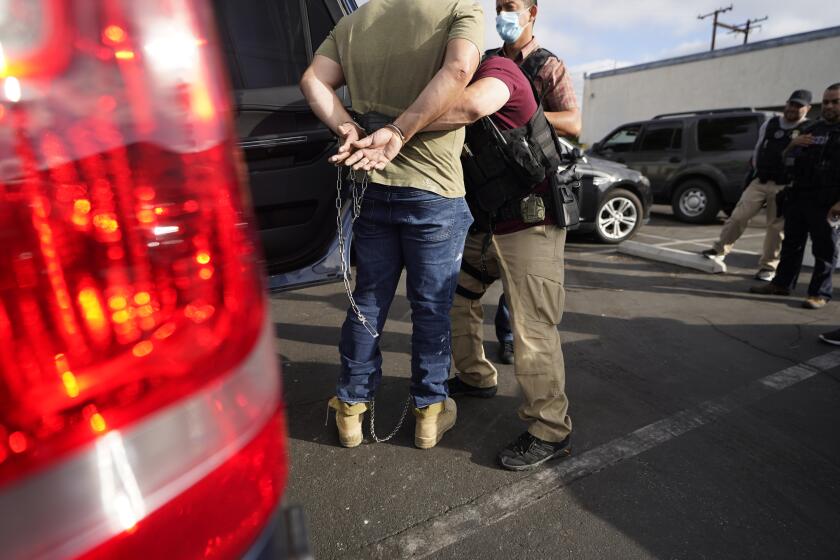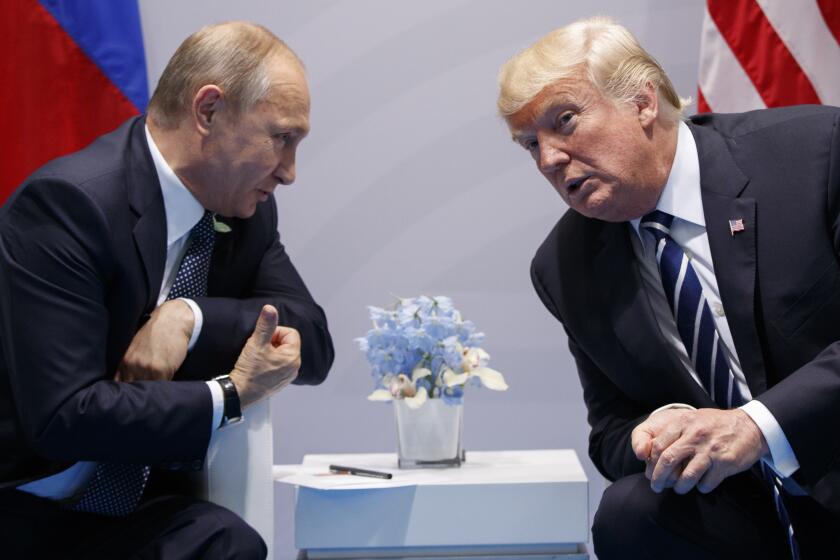Breakthroughs and crises
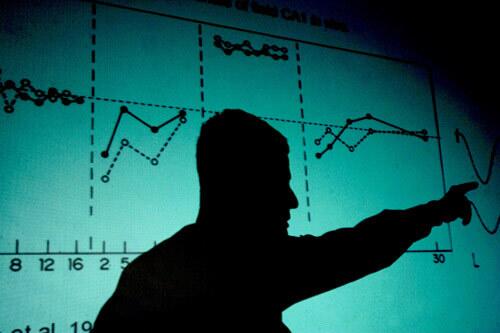
The work in Gary Lynchs lab has been driven by a single overriding hypothesis Lynch first published in 1980: that the fundamental act by which a memory is encoded involves a nearly instantaneous physical restructuring of portions of brain cells called neurons. (Mark Boster / LAT)
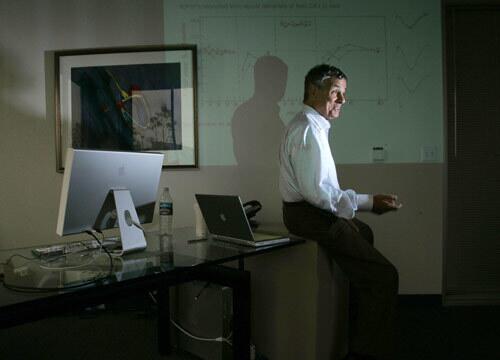
Gary Lynch at his UC Irvine office. He and an army of grad students have been working for nearly three decades to understand memory loss. (Mark Boster / LAT)
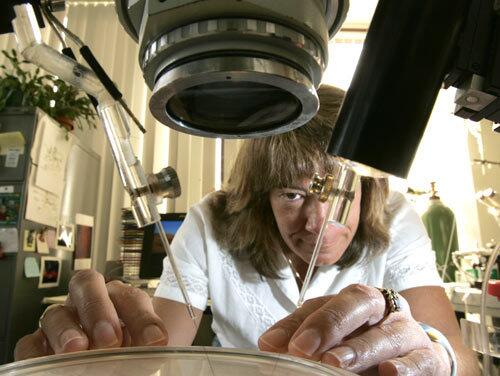
Neurophysiologist Eni Kramar makes adjustments in the lab. At one point in her research, she was afraid to believe what she was seeing. (Mark Boster / LAT)
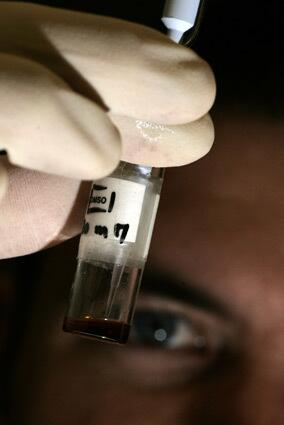
Chris Rex has been one of Lynch’s lead researchers in the memory study. (Mark Boster / LAT)




